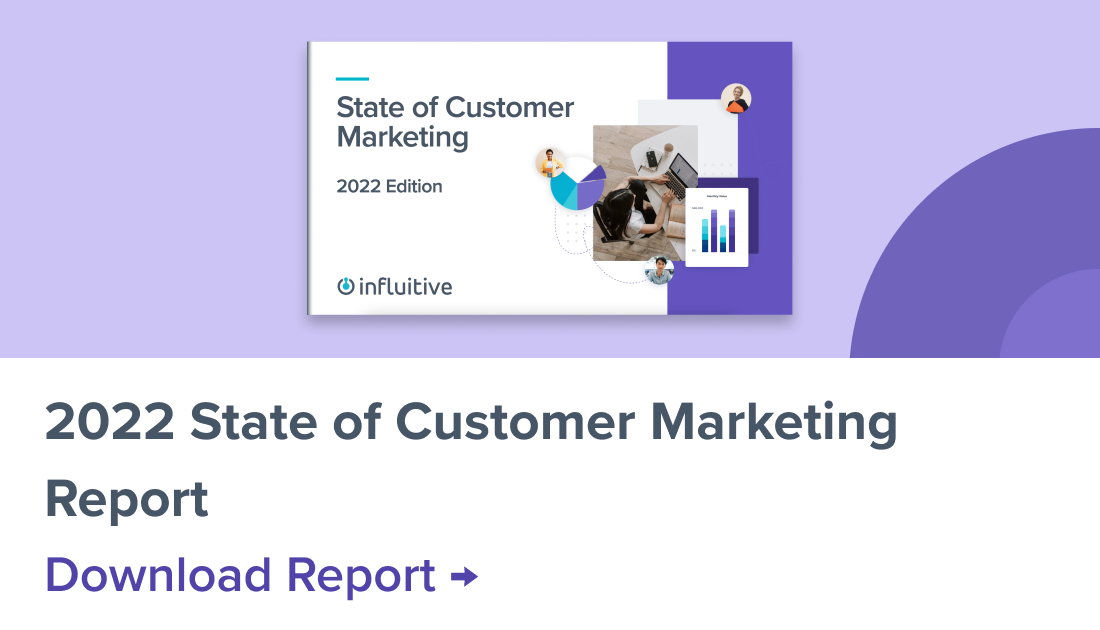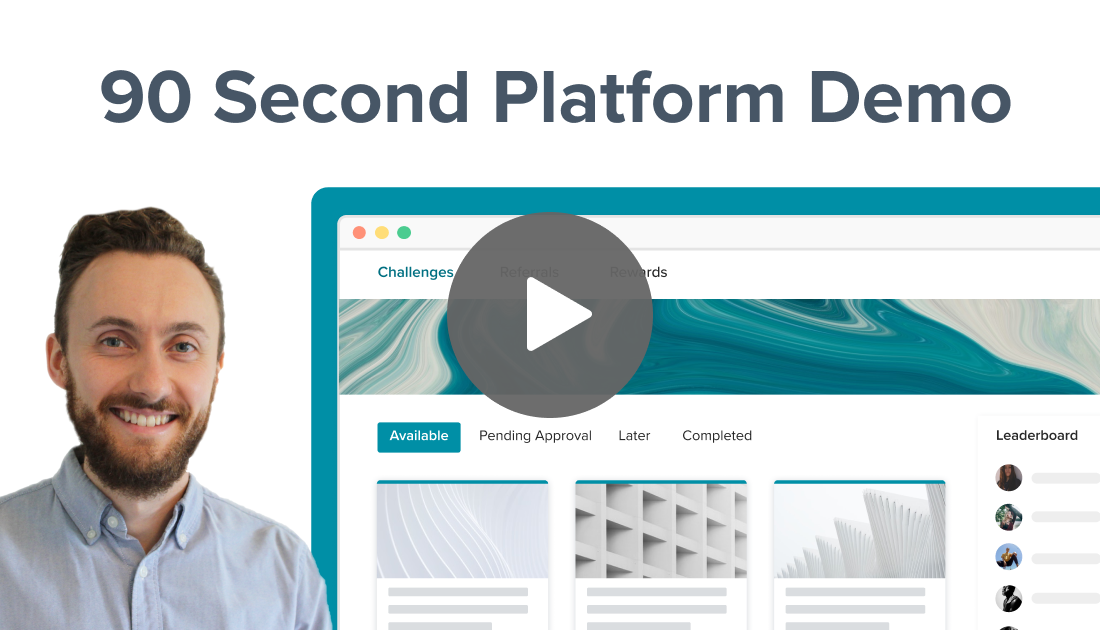Most organizations start an online community with the hopes that it will shorten the sales cycles, create a better customer experience, and foster more loyal customers.
However, an upcoming benchmark report from Demand Metric has found that just 6% of organizations with online communities feel they are meeting these expectations.
Despite the lack of success, almost half of respondents said their organization is planning to increase the budget, staff and resources for onlines communities in the next year.
One way to help increase the odds that your community will thrive is to have a strong, clear purpose.
For traditional communities, the purpose might be to cut support or other operational costs. But you may be able to compel members to invest and engage more in the community if your purpose holds a deeper meaning to them.
The key is to stop thinking about your community as something that is only going to give back to you. Instead, start thinking about how you can best serve your community members.
4 steps to a purpose-driven community
Ready to find your purpose? Here are four tips to help you build a more purposeful community.
1. Don’t force purpose
If you don’t already know the purpose of your community, find out. Instead of making up your own and trying to force it upon your members, ask the community what they want. Seek out your advocates first. They’re always ready and willing to share their views.
There’s likely a reason your members got together in the first place. Is it to help solve each other’s problems? Is there a cause they all care strongly about? With a little effort, you can uncover the true reason for your community’s existence, and then find ways to engage and grow based on that idea.
2. Make it a natural fit
When trying to engage community members around a purpose, it’s important to be sure the effort fits in with the community culture.
Sarah O’Brien, Global Customer Engagement Communications Manager at TOMS, says they try to make it as easy as possible for businesses to engage around the purpose of giving back.
Speaking to a community manager audience during a live online session at this year’s Community Manager Appreciation Day (CMAD), Sarah noted that the company works with small business owners and larger organizations looking for a way to engage with the TOMS brand and give back to their community.
“We try and provide different activations for them to give back through something they’re already doing – something that really naturally weaves into their business, or maybe an employee appreciation day that they are hosting.
3. Share community stories
The most successful communities leverage the power of stories to attract members, and keep them coming back for more. Sarah suggests finding ways to empower members to generate and share their stories. Then, provide members with social sharing toolkits to encourage them to share stories with their networks. This will help grow community awareness in a powerful way.
Sarah also says that sharing stories unique customer stories with management helps prove engagement and ROI.
“The stories may not be in the high numbers, but the quality of the engagement is there, and that’s what we really focus on.”
4. Engage your co-workers
Your community could have the greatest stories ever, or be generating leads and sales. However, if you don’t tell people within your organization (including your managers), they will begin to question the value of the community.
On the flip side, if you can recruit some of your employee advocates to get the word out about your community successes, you’ll likely receive more support internally.
Celebrate small wins during team meetings. Share a customer success story, photos from a well-attended event, or screenshots of a forum thread that shows how a customer solved a problem.
Your purpose-driven community is waiting to be discovered
Try implementing just a few of these ideas in your community, and over time, you’ll discover that your purpose-driven community was there all along.
By listening to your members, giving them tools for engagement, and enlisting your advocates to help share your successes, you’ll be able to build stronger relationships and sustain growth—all without ever losing sight of your community’s purpose.
 Webinar – New research: Are online communities revenue drivers or dead zones?
Webinar – New research: Are online communities revenue drivers or dead zones?
Thursday, April 30th at 4 p.m. ET / 1 p.m. PT










































